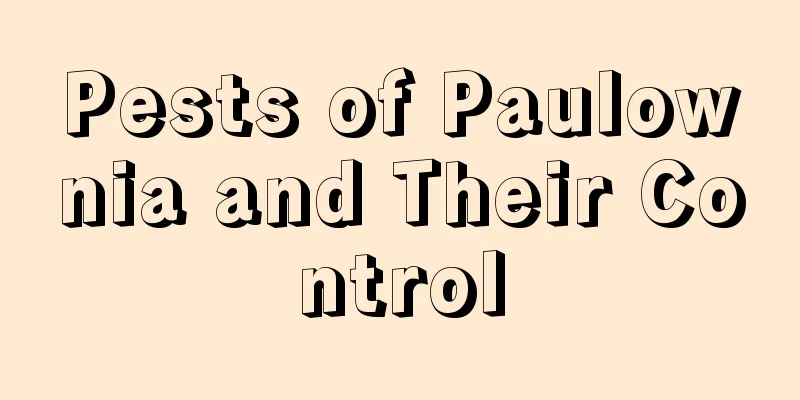Seed propagation of butterbur

Method of propagation of beeswax by sowingsoilWhen cultivating butterbur, choose a semi-shaded, moist, slightly acidic sandy loam rich in humus, and the soil should have good drainage. After the cultivation site is selected, base fertilizer can be applied and the soil can be deep plowed and finely tilled. WeedingWhen sowing in spring, seedlings will emerge around early April, and seedling replacement can be done at the same time when the first tillage and weeding is carried out. The root system of the seedlings grows relatively slowly at this time, so the soil should be loosened shallowly to avoid damaging the roots of the seedlings. In June and July, the seedlings have emerged and the root system has grown well, so the second tillage can be carried out. In early September, the stems and leaves above the ground gradually stop growing, and flower buds begin to differentiate. At this time, the third tillage can be carried out to keep the soil free of weeds. ThinningAfter all the seedlings emerge at the end of April or the beginning of May, thinning can be carried out appropriately according to the emergence situation, leaving the strong seedlings and removing the weak plants. Topdressing and soil cultivationThere is no need to apply top dressing to butterbur in the early stages of its growth to avoid excessive growth. In the later stage of growth, topdressing management should be strengthened. Topdressing should be combined with loosening the soil. On one hand, fertilizer should be covered, and on the other hand, soil should be added to the roots of the plants to maintain the fertilizer effect of the soil. WateringButterbur is afraid of both drought and waterlogging. It needs to be watered two or three times in a row during the spring drought, and preparations must be made for drainage when the rainy season comes. Leaf cutting ventilationThe peak leaf period of butterbur is from June to August. If the leaves are too dense and the ventilation and light transmission are poor, it will affect the differentiation of the plant's flower buds and also cause diseases and insect pests. At this time, you need to clean up the overlapping leaves. It is best to use scissors to trim them. When pulling them apart with your hands, avoid damaging the base of the plant. |
<<: How to propagate white amaryllis
>>: Gentiana breeding methods and precautions
Recommend
How many years does it take for the Buddha's hand tree to bear fruit?
The fruit of the Buddha's hand tree after sev...
How to cultivate Ruoge poetry
1. Maintenance methods 1. Temperature: Fifteen to...
How to grow jasmine
Jasmine Growing Conditions Jasmine likes a warm e...
What to do if azalea withers
Unsuitable environment When growing azaleas, if t...
Where to put the dripping Guanyin
1. Suitable for home It is suitable for home. Fir...
How many years does wax apple bear fruit?
Wax apple planting results after several years Wa...
The little wild flowers of childhood, you win if you know their names!
Veronica It is said that the name of Veronica com...
Rose cutting propagation method
time Roses are best propagated from cuttings in s...
When and how to plant peony flowers
1. When to plant peony flowers 1. Peony is mainly...
What are the common varieties of cherry blossoms?
variety There are many varieties of cherry blosso...
How to water Ficus ginseng
Time and method When growing ginseng fig on a dai...
When is the best time to plant daisy seeds?
Daisy Seed Planting Time Daisy is a perennial pla...
How to water lilies
Tips for watering lilies Lily, also known as nigh...
Mushroom growth environment conditions and characteristics
Mushroom Growth Environmental Conditions and Requ...
Cultivation methods and precautions of Detang
1. Soil Deutzia does not have many requirements f...









